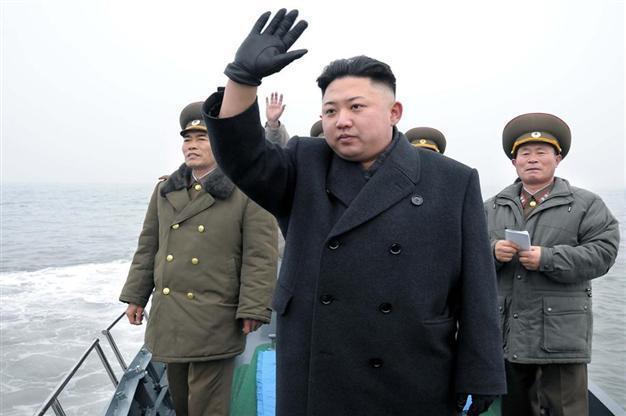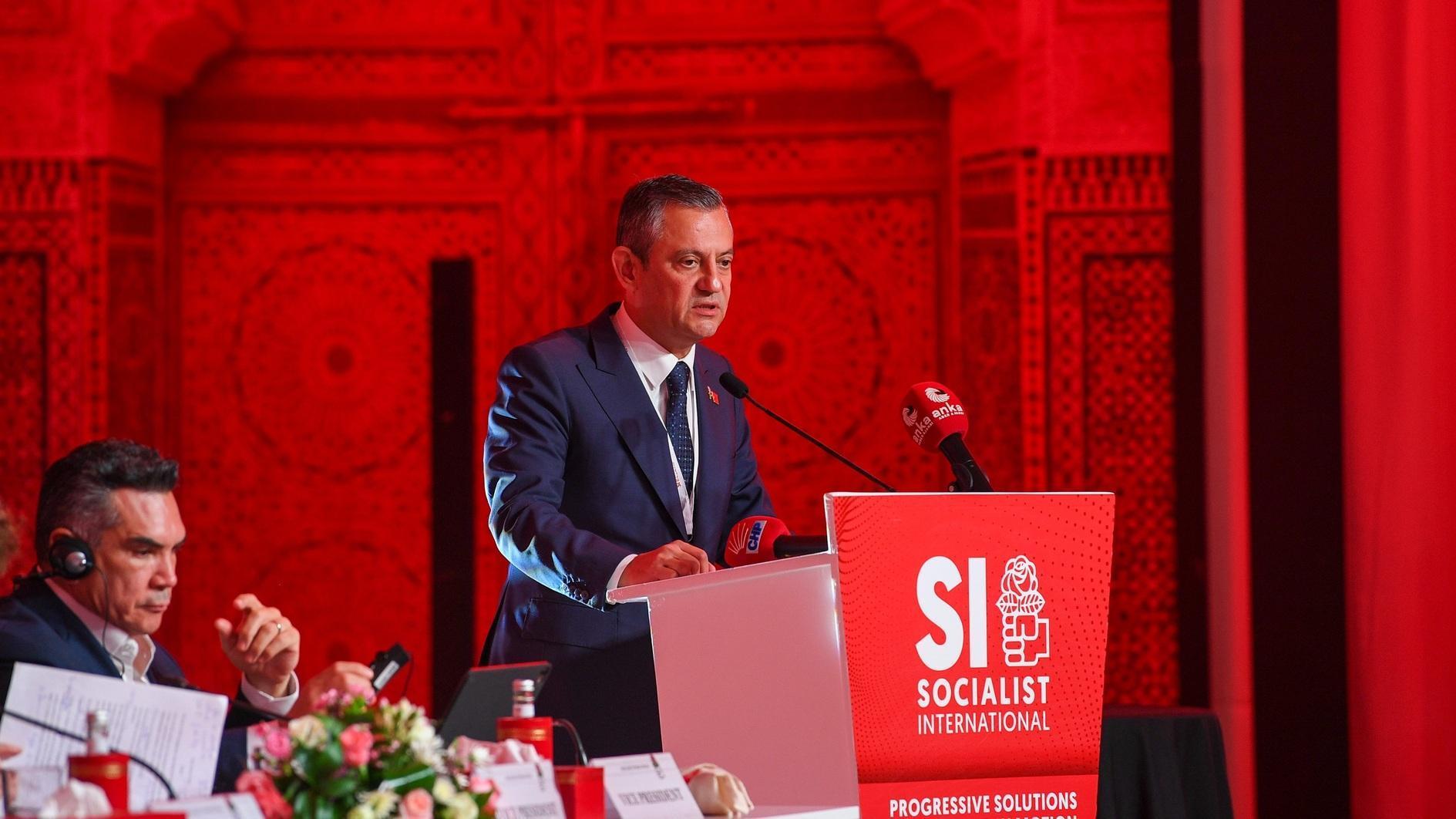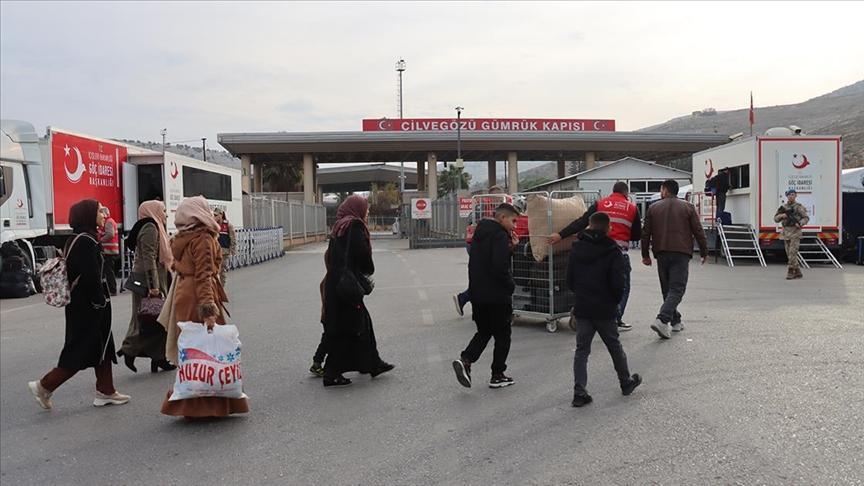Prepare for ‘all-out war,’ N Korea’s Kim tells troops
PYONGYANG

North Korean leader Kim Jong-Un (C) waves from a boat during his visit to the Jangjae Islet Defence Detachment and Mu Islet Hero Defence Detachment on the front, near the border with South Korea, southwest of Pyongyang March 7, 2013 in this picture released by the North's official KCNA news agency in Pyongyang March 8, 2013. REUTERS/KCNA
North Korean leader Kim Jong-un called on his troops March 8 to prepare for “all-out war” after declaring it was voiding non-aggression pacts with South Korea and severing a hotline with Seoul.As tension continues to rise on the Korean peninsula, Kim Jong-un has visited a frontline unit that shelled the South in 2010 and said the North’s military was “fully ready to fight a Korean-style, all-out war.”
Pictured with binoculars, Kim stressed “the need for soldiers to keep themselves fully ready to go into action to annihilate the enemy any time an order is issued and instructed them to deal deadly blows at enemies and blow up their positions,” North Korean state media reported. He inspected artillery units on Mu Island that shelled the nearby South Korean island of Yeonpyeong in November 2010, killing four people and triggering an exchange of fire that sparked fears of a full-blown conflict.
Footage of the visit showed him being greeted by chanting troops who were held back as they surged toward him. Their families brought their children to meet him, with one woman encouraging her daughter forward for a hug. At the end of the trip, the soldiers ran down to the beach and waded chest deep into the freezing water clutching at Kim’s motor launch as it moved away.
North would perish
South Korea quickly condemned its neighbor. “If North Korea attacks South Korea with a nuclear weapon, Kim Jong-un’s regime will perish from the earth,” Defense Ministry spokesman Kim Min-seok said. “Although atomic bombs were used twice in the past to end World War II, if a nuclear bomb is used against a free and democratic society...then mankind would not forgive it.”
China also stepped in on the tension, calling for “calm and restraint” and to avoid actions that might further escalate tensions.
Kim’s call came after North Korea announced a vow to scrap peace pacts and sever a hotline with South Korea as it upped the ante after its recent atomic test in a response to new U.N. sanctions.
It has even threatened a “pre-emptive nuclear attack” against the United States and South Korea.
North Korea “abrogates all agreements on non-aggression reached between the North and the South,” the state-run Committee for the Peaceful Reunification of Korea (CPRK) said in the latest statement.
The CPRK said the pacts would be voided as of March 11, the same day that Pyongyang has vowed to rip up the 1953 armistice agreement that ended Korean War hostilities. “It also notifies the South side that it will immediately cut off the North-South hotline,” the committee said. The hotline was installed in 1971 and the North has severed it on five occasions in the past, most recently in 2010.
Seoul, Tokyo in range, not US
SEOUL - Reuters
North Korea has plenty of military firepower even if its threat this week of a pre-emptive nuclear strike on the United States is a hollow one, with South Korea most at risk from the isolated regime’s artillery and rockets.
Japan, separated by less than 1,000 kilometers of water and a frequent target of North Korea’s ire, is also in easy range of Pyongyang’s short- and mid-range missiles. Experts say North Korea is years away from being able to hit continental America with a nuclear weapon despite a decades-long push toward an atomic capability.
North Korea has around 12,000 artillery guns, many arrayed near the border. It also has an arsenal of intermediate range missiles in operational deployment, some of which can travel more than 3,000 kilometers. That puts South Korea and Japan in range as well as the U.S. territory of Guam.
In pure numbers, North Korea’s military looks formidable, much larger than the more affluent South in both personnel and equipment. The North’s 1.2 million soldiers face off against 640,000 South Korean troops who are backed up by 26,000 U.S. personnel stationed in the country.
However, Pyongyang’s capabilities are not what the figures would suggest. North Korea has all but abandoned running a conventional military that can engage in sustained battle because of scare resources and has instead focused on nuclear weapons and ballistic missile technology, experts say.
















